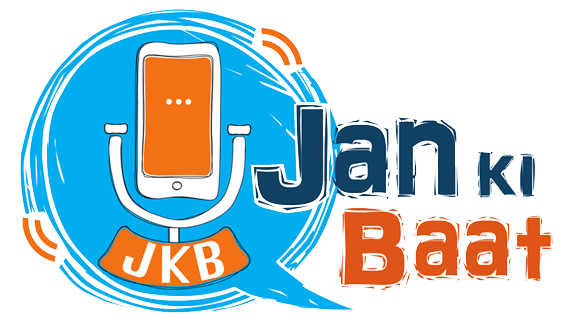Akriti Bhatia interviewed Pradip Bhandari, the founder and CEO of Jan Ki Baat on how they managed to give the most accurate exit poll of UP elections. An estimation of 240 above seats was given to BJP and double digit figures to SP and BSP. SPs estimation of 63 seats is also pretty close to 54 which is the actual figure. Everyone thought that BJP would lead but not many thought that it would leap to such an extent.
As mentioned by Pradip Bhandari in his article dated 17th February 2017, BJP emerged as the single largest party. Other conclusions made in the same article were that demonetization would be considered as a prominent factor to vote for BJP, SP-Congress alliance would finish second, and non-Yadav and non-Jatav castes would consolidate in numbers to vote for BJP. All these conclusions eventually came true. The founder and CEO of Jan Ki Baat states that as Jan Ki Baat reflects the voice of the people, this is how they got all the predictions right. The principle behind the conclusions made was that if one travels across the state of UP and leaves apart the core vote bank of various parties one observes the general thought process of the common man which was not so much affected by BJP as a party but as much by PM Modi. The local public of Uttar Pradesh was highly influenced by the decision of demonetization. People there were not very bothered about the collateral sufferings or the economic impact of the move, instead they felt that finally a decision was made which has affected the upper class as well, putting them to trouble. The narrative of PM Modi as a mass leader made people believe that this was in favour of the local public and aimed at eradicating corruption not only from the system but from the entire country. All this hit across caste barriers and eventually resulted in the victory of BJP.
Uttar Pradesh has been a state which has suffered from a lot of unemployment and lawlessness pre 2014 and the youth icon which evolved according to the media was not someone every person could relate to. People there have suffered from injustice in basic amenities like provision of electricity. However, post 2014 legitimate concerns like Ujjwala, provision of electricity and issues like triple talaq have been raised by BJP which banked votes from various castes. Crossing 300 seats in an assembly election is not merely possible by the so called hindu votes consolidation. The media has mostly managed to cover the other side of BJP highlighting polarization of votes whereas efforts like the 2016 Kamal melas have not been reported. These stalls had been set up across the state of UP in which women and youth have been called and the schemes of BJP have been broadcasted in various innovative manners. Thus it was not just an effort of past few months but consistent hard work of 2 years that has reaped the present results. The strong yet down to earth or for the people approach of BJP was quite contrary to what Samajwadi Party has been doing for the past few years. The core vote bank of BSP also shifted their votes which was completely unexpected. This eventually resulted in a reaction by Mayavati stating that the EVM machines have been tampered with. Election Commission has however come up with a statement where this accusation has been denied, as the same method was used in various other states in which different parties have come up.
Therefore BJP has emerged as a single largest party due to the charismatic attraction of PM Modi, the strategic planning and election management by Amit Shah and lastly a strong cadre base which connects to the local public. Now the question that arises is that whether BJP will be able to maintain the bar of politics and development which has been raised by themselves and this would determine their position in 2019 as well.
